Preply’s insight in technological evolution of language learning

Preply’s Daniele Saccardi offers insight into the technological evolution of language learning
Once upon a time, screens acted as cold separations from the warmth of other people.
However, they have now become an integral part of our daily lives that offer us the chance to
connect with people that we otherwise would not have. The arrival of Covid-19 also saw an
increase in the usage of video platforms as educational tools. Children attended school from
their living rooms and students completed degrees from their beds.
Language learning especially has benefited from the transition to digital platforms in a way
that other subjects have not. Online video software has provided a platform for people in the
UK to access native speakers as far away as Japan. Distance is no longer an object in
accessing native speakers of a learner’s target language.
Ukrainian startup Preply has wagered a considerable amount of time on the development of
their own digital platform to teach languages – and it’s paying off, with the company
experiencing considerable growth.
We spoke with Preply’s Campaign Manager, Daniele Saccardi, about how the language
learning sector has evolved in the past decade and how the pandemic has influenced the
transition to digital learning:
Learning a language used to be all about memorising vocabulary and understanding
grammatical theory. However the world has adapted to a new communicative approach,
emphasising the importance of being able to express oneself and share information in the
target language. Not only is this approach more practical, as it allows the learner to begin
spoken practice immediately, it is also beneficial for improving confidence, motivation and
memorisation.
Language learning technology has evolved to adapt to this communicative approach and fit
into an ever shrinking world. Far from the days of Software DVDs that we used in the early
part of the century, we now have access to a variety of digital tools, such as mobile
applications and video conferencing platforms. The requirement to remain at home during
the Covid-19 pandemic led to an increase in the usage of these conferencing platforms and
opened up opportunities for students despite their geographical locations. Although I believe
that we would have begun to rely more on technology in education, the pandemic definitely
acted as a catalyst to trigger this transition sooner.
Apps, such as Memrise and Anki, focus on providing students with key vocabulary by turning
memorisation into a game. These applications make great support tools to complement
more formal learning but can also be used as stand alone platforms to learn the basics.
Some of the downfalls of these applications are dehumanisation and a lack of deeper
understanding due to their surface level approach. Technology can only take us so far before
assistance from native speakers is needed. Without communicating with native speakers,
learners also miss out on learning colloquialisms and culture. What Preply does is bring
together technological advances with humans, in order to bridge the disconnect between the
two and to provide a more comprehensive and personal learning experience. Our tutors are
well versed in the merging of these two faces of language learning, allowing them to focus
on building a connection with their students and tailoring the teaching to their particular
needs.
The future of language learning technology looks bright and it is worth watching this space
for advances in AI technologies. At the moment, AI is limited to “spaced repetition”, meaning
that the same word is repeated at regular intervals to improve memorisation. However, there
are endless possibilities to how AI can be integrated into language learning technologies in
order to improve the user experience. One such suggestion that I am aware of is the use of
chatbots that respond to your messages with personalised responses and can even provide
feedback on your performance. Although this is convenient and can provide learners with
more confidence to make mistakes without being judged, I still strongly believe that
conversations with native speakers cannot be replaced due to the cultural underpinning of
language learning.
At Preply, we understand that each student has different requirements and so we use
technology to complement and assist our teaching to varying extents depending on the
student. The increased use of video conferencing platforms has opened up the world to
opportunities beyond the classroom and we are proud to be a part of the ever evolving
transition to hybrid learning.



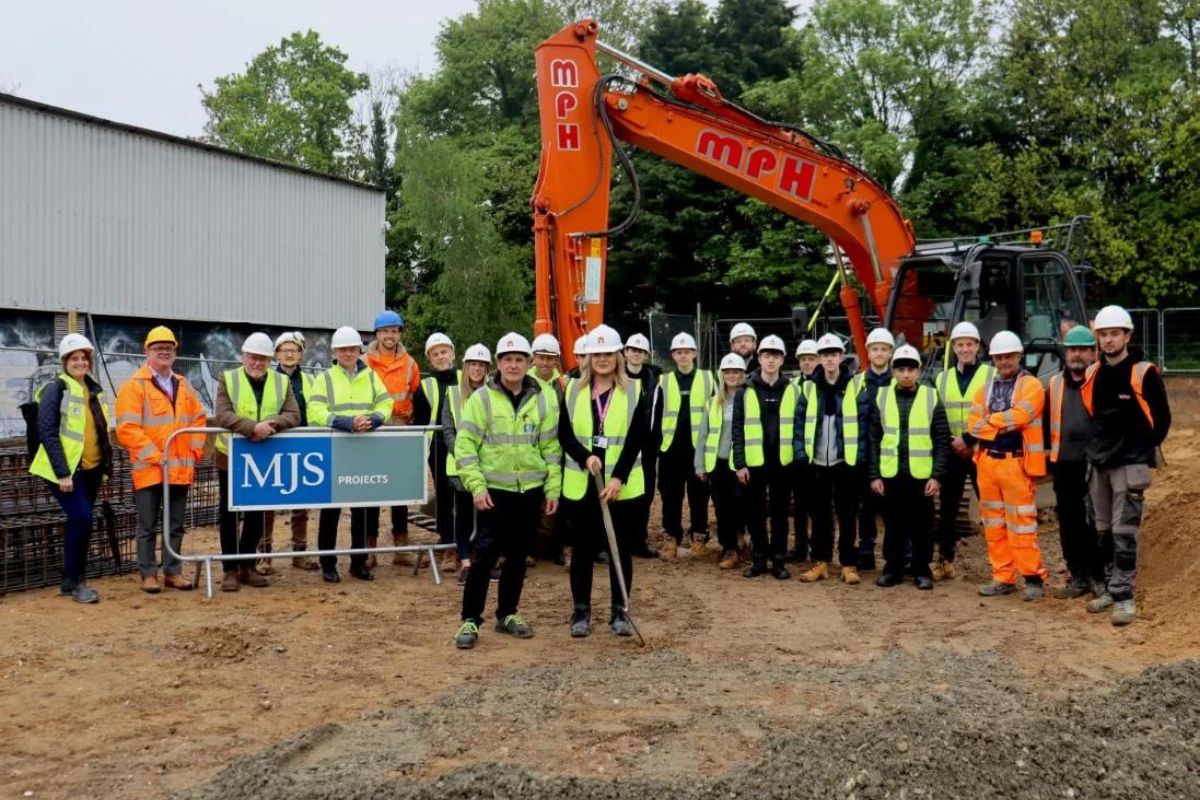
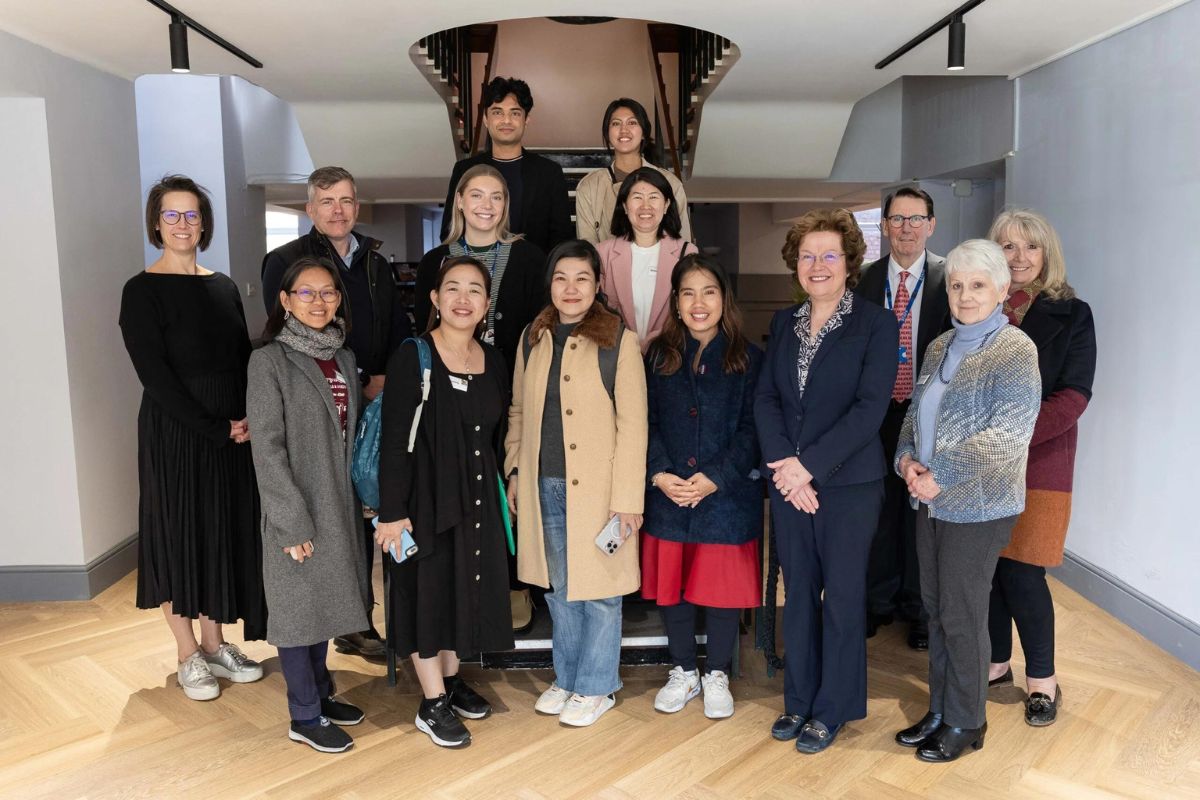

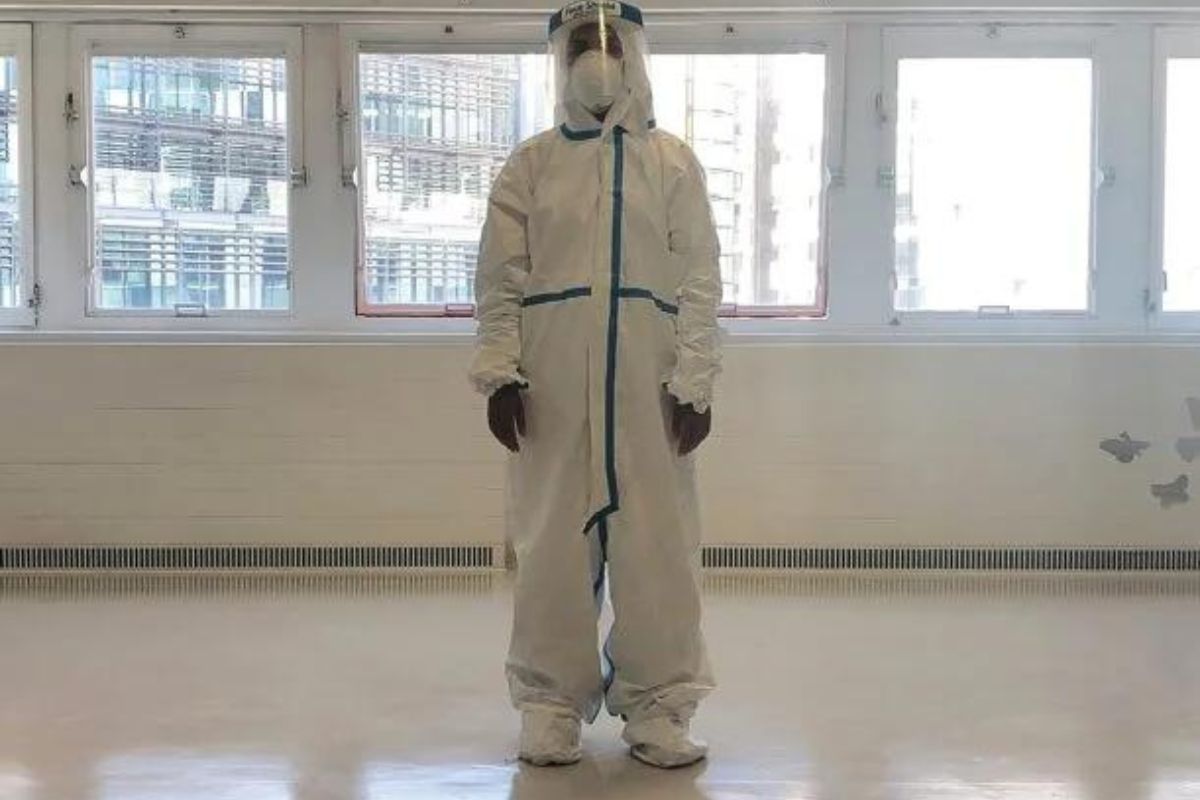
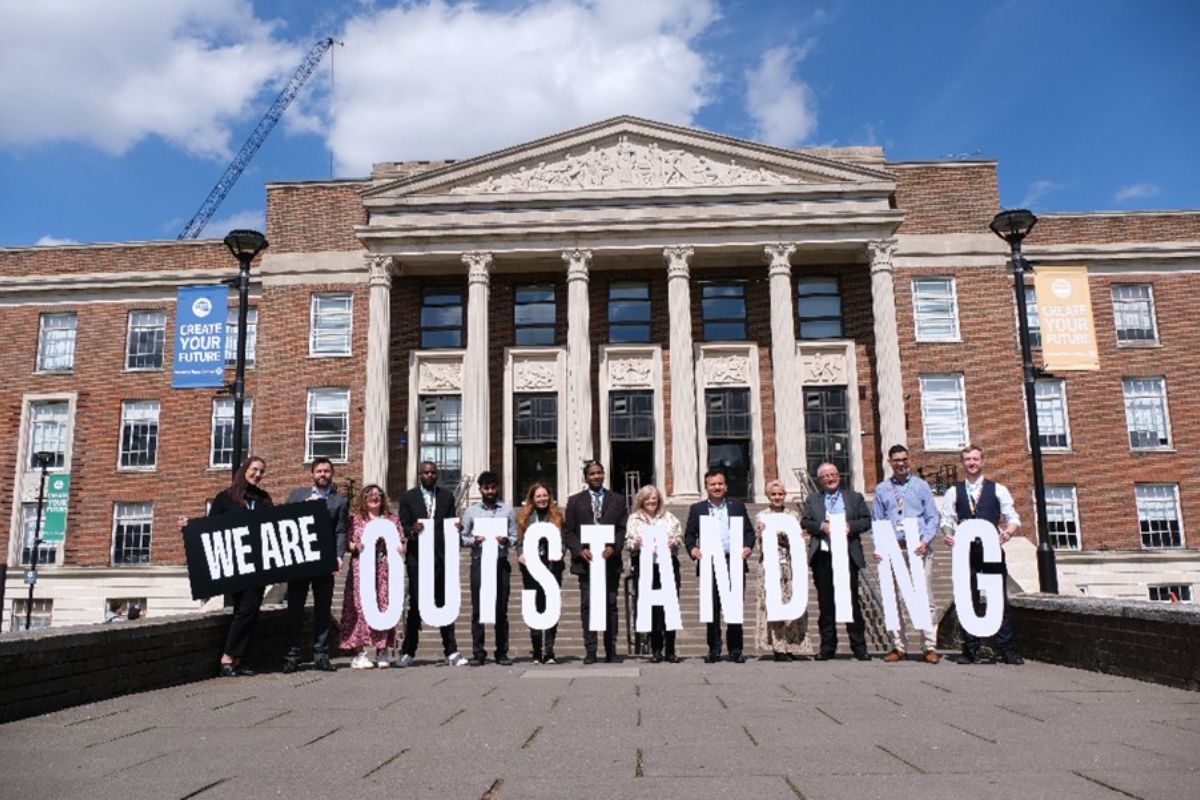
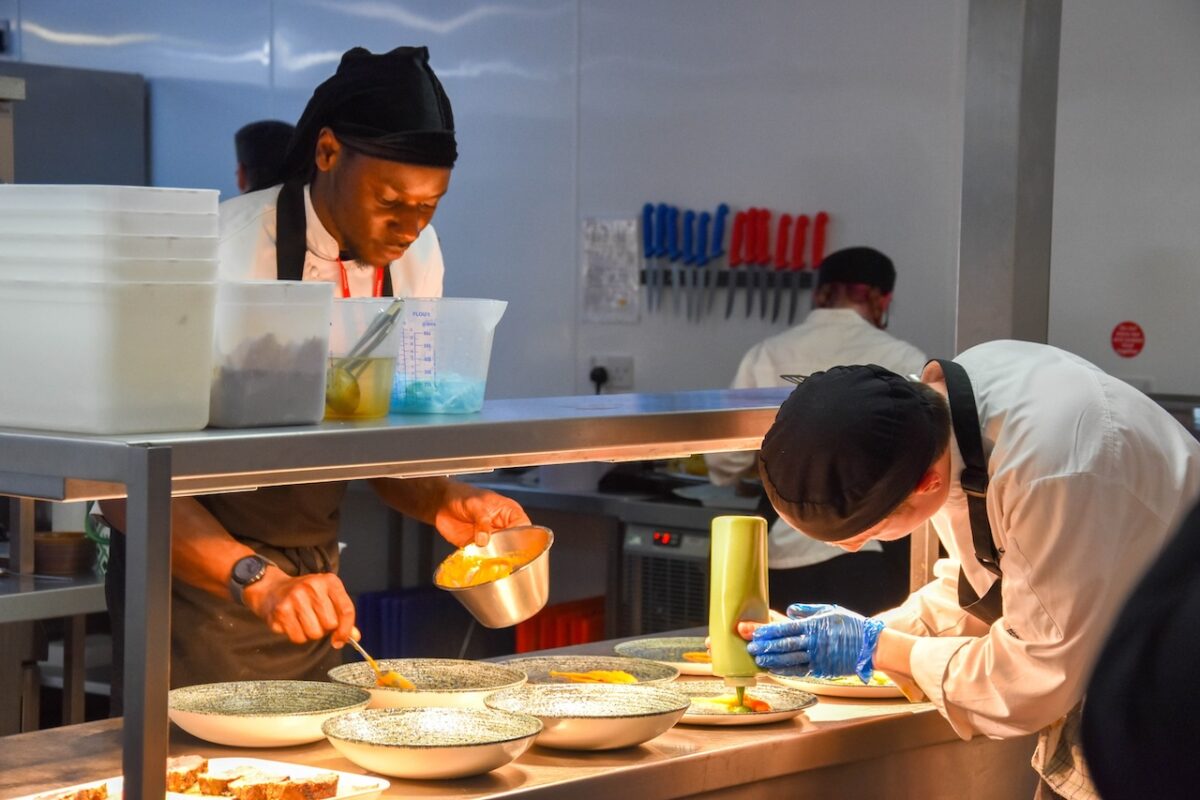
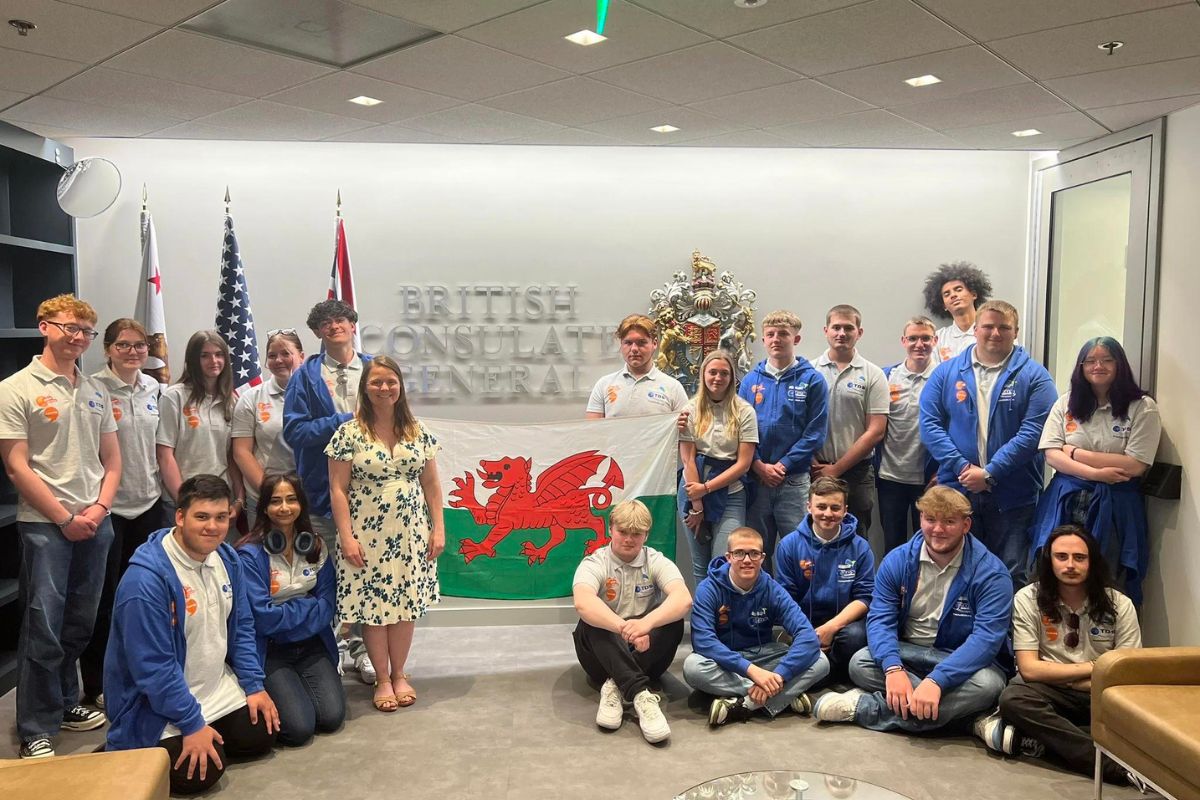
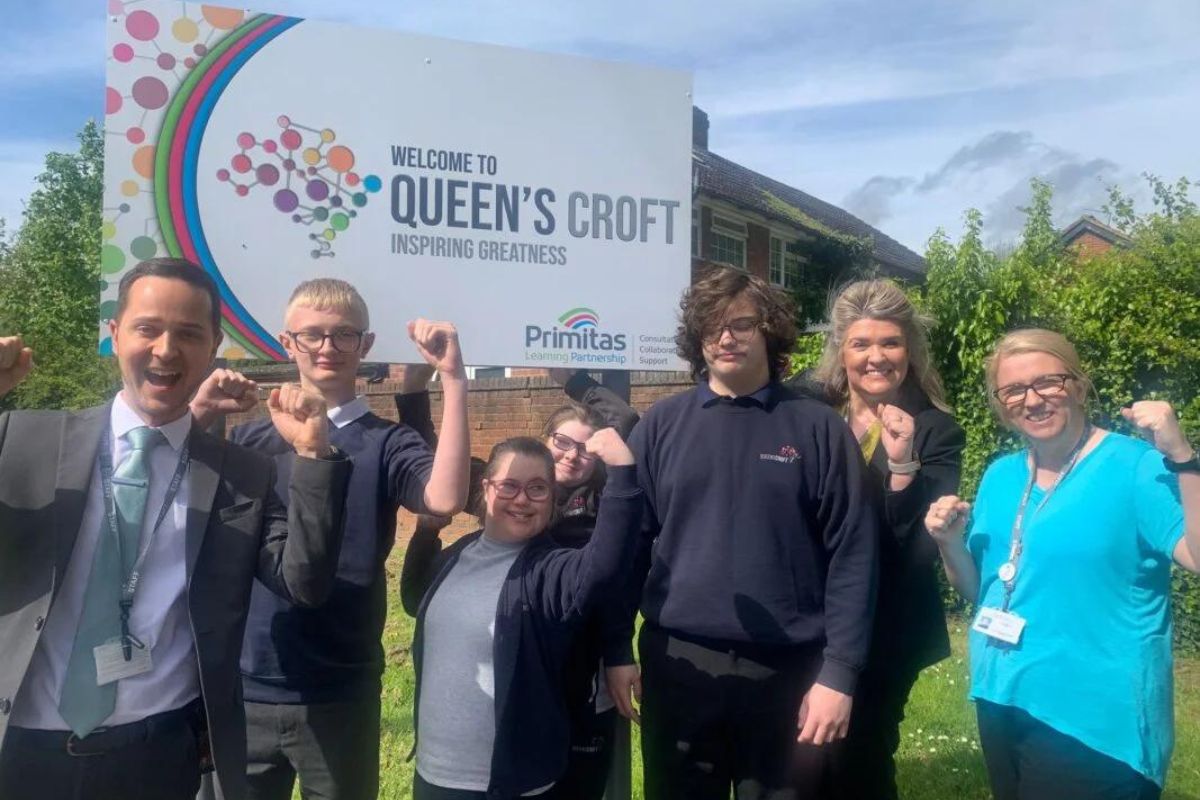
Responses